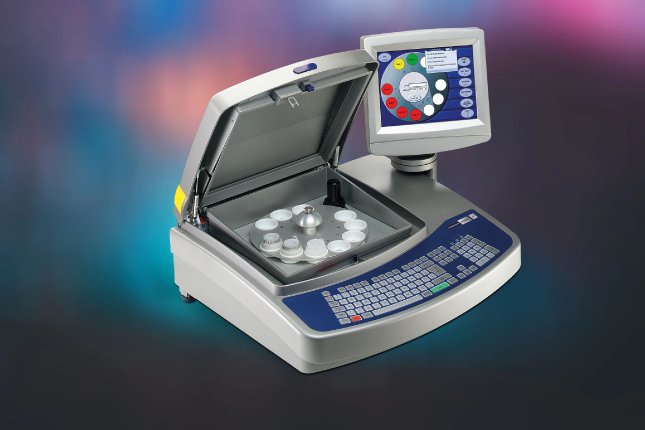Regulations around diesel fuel for heavy vehicles and machinery are strict and new regulations on biofuels are affecting fuel providers. Here we give an overview of the specifications, what’s changing, and which of our analyzers you need to choose to accurately detect the very low sulfur limits in diesel for commercial vehicles and machinery.
Biofuel obligations
Pressure to cut global carbon emissions is mounting. In the EU the Renewable Energy Directive (RED) states that at least 10% of all energy in road transport fuels should be produced from renewable sources by 2020. Plus, the Fuel Quality Directive (FQD) requires road transport fuel to be 6% less carbon intensive than pure fossil fuels by 2020. Steps to implement this in the UK has seen big changes to the Renewable Transport Fuel Obligation (RTFO) policy. The target for this year (2019) is 8.5% sustainable fuel by total volume. This increases year on year to 12.4% in 2032.
Virtually sulfur-free
Within the EU, all on-road diesel has had to meet the virtually sulfur-free limits of less than 10ppm since 2010. The EU Fuel Quality Directive (2009/30/EC extended this standard to non-road mobile machinery (NRMM) in 2014. Since then all diesel sold for heavy vehicles and machinery in the EU has had to meet this ultra-low sulfur limit – whether purely derived from fossil fuel or blended with biofuel.

At limits of less than 10 parts per million, detecting a relatively light substance like sulfur can be challenging. A biofuel blended fuel adds further complications as you could get interference from other elements in the mix, depending on your source of biofuel. For example, waste cooking oil can include phosphorous, chlorine and potassium, which need to be removed by refining before the resulting biofuel is blended.
Most official test methods for ultra-low sulfur require you to measure two portions of the test sample and use the average as the final result. Making two measurements helps you to detect problems. For example, if you compare the two measurements before averaging them, and there’s an unusually high difference between the two readings, you may have a contamination issue with one of the samples.
Another critical factor when detecting ultra-low sulfur levels is the type and quality of the sample film. A high purity, uniform quality window material must be used to reduce any background signal that could reduce the accuracy of the result. It’s important to be careful when using the film during sample set up; for instance, you mustn’t touch the surface and the film must be completely smooth with no crinkles or folds as these might change the sulfur response getting to the analyzer’s detector.
Introducing the X-Supreme8000 XRF analyzer
Our X-Supreme8000 benchtop analyzer is the one we recommend for making sulfur measurements in ultra-low sulfur fuel.
The X-Supreme as a dedicated application package, which means it comes pre-loaded with the optimised operating parameters and correction specifications for sulfur in fuel analysis. It also includes all the accessories needed to get you up and running in no time.
To ensure accuracy and for ease of use, the X-Supreme has SmartCheck software that actively looks for anomalies in the readings and alerts the user if something doesn’t look right. For example, SmartCheck will check the difference between the two sample readings and alert the user if they are outside a normal range. You can set up SmartCheck to make other checks to the measurement set up, including whether the right sample film is being used, or whether the sample is in the right calibration range.
With a ten-position sample changer, the X-Supreme is ideal for unattended high analysis throughput, 24/7 environments.